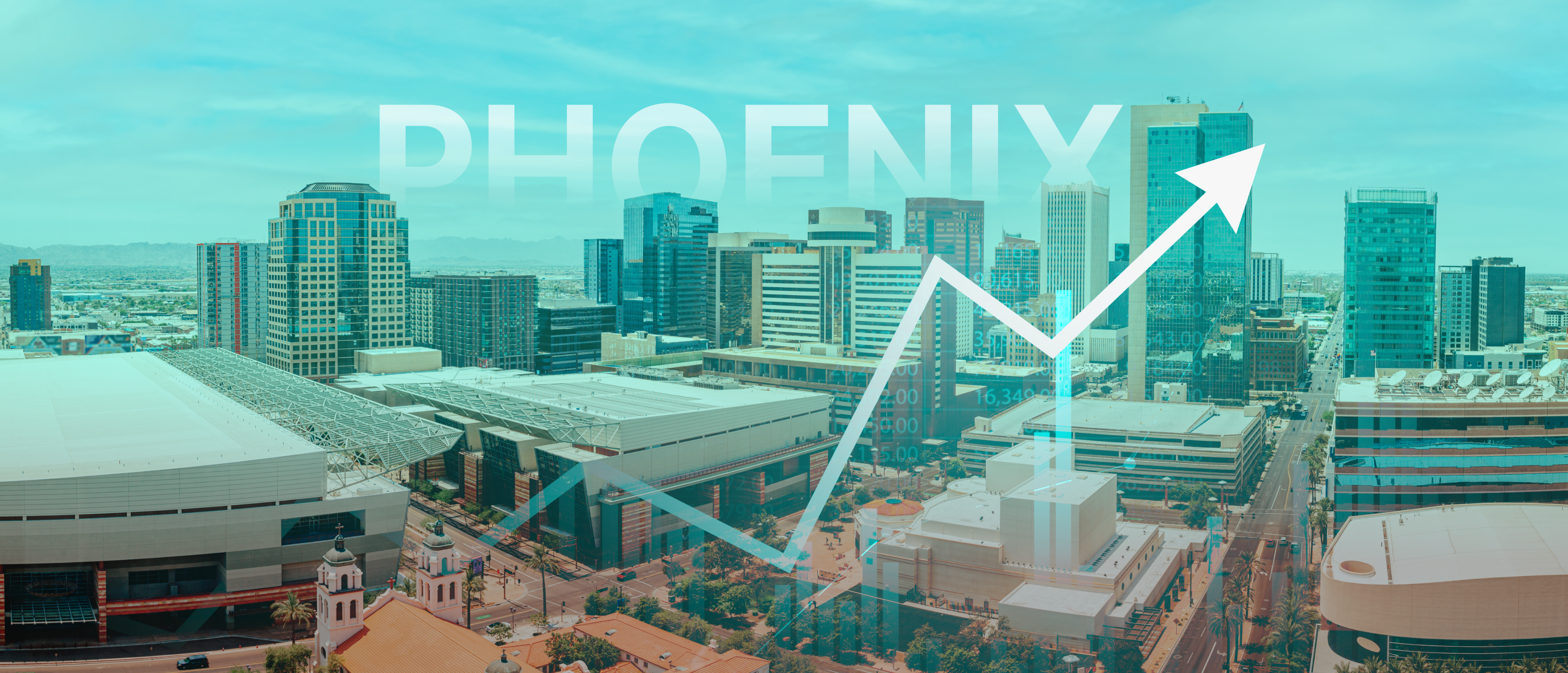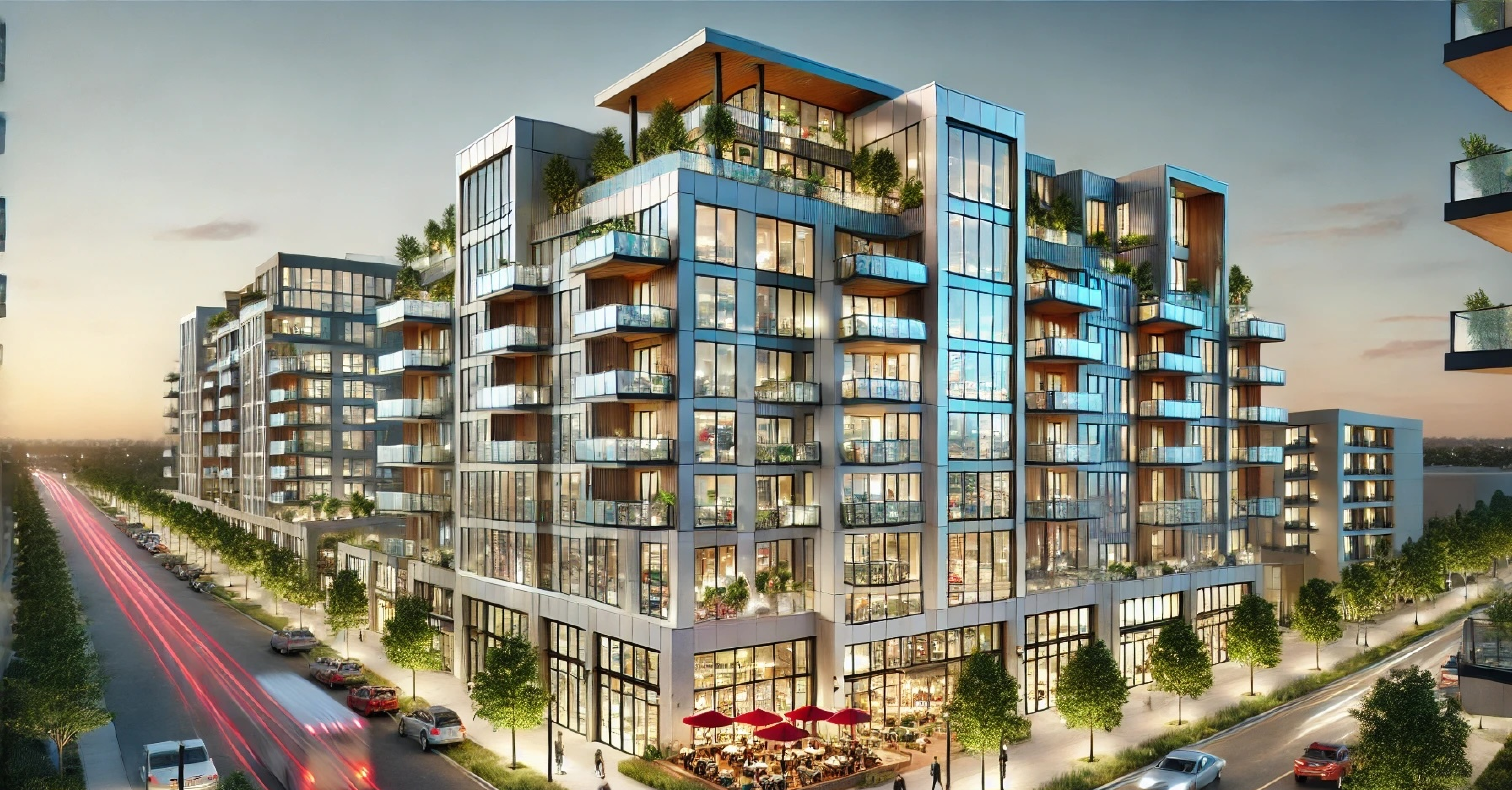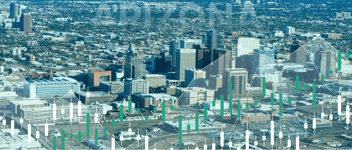Table of content
This is a new era in Real Estate Investment. Investors are increasingly betting on multifamily mixed-use developments, an asset class blending residential, commercial, and recreational spaces into cohesive communities. These developments are more than lifestyle conveniences; they’re becoming robust investments, known for generating diversified revenue streams and promising long-term property appreciation in urban cores where land is scarce.
With demand for both housing and convenience on the rise, these properties are reshaping urban life and redefining the path to strong, resilient returns.
What Defines Multifamily Mixed-Use?
Multifamily mixed-use properties combine residential units with retail and office spaces, creating “live-work-play” ecosystems that address lifestyle trends favoring convenience and accessibility. By minimizing the need for commuting and enabling easy access to services, they support a more sustainable urban model. In densely populated cities, they make particularly efficient use of limited land.
The National Multifamily Housing Council projects the U.S. will require 4.3 million new multifamily units by 2035, driven by demographic shifts and increasing urbanization. For investors, these developments offer a dynamic response to this demand, creating housing solutions that resonate with tenants while providing multiple streams of income.
Why Investors Are Drawn to Mixed-Use Developments
Mixed-use projects offer investors a combination of diversified revenue sources and property appreciation potential, with features that hedge against market downturns. Here’s why more capital is flowing into this asset class:
1. Diversified Revenue Streams
Combining residential rents with commercial leases, mixed-use developments generate revenue from both stable housing rents and higher-margin commercial tenants. In economic slowdowns, one revenue stream can often support the other, cushioning returns.
2. Strategic Locations, High Appreciation
These developments are frequently located in prime urban districts near transit hubs, workplaces, and shopping. This combination of high demand and convenient location often leads to faster property appreciation, making mixed-use properties more resilient and lucrative than single-use assets.
3. High Appeal to Today’s Tenants
Mixed-use properties appeal to younger tenants and families who prioritize convenience. With amenities like gyms, cafes, and co-working spaces on-site, these developments cater to tenants seeking an all-in-one experience. As remote and hybrid work rise, properties that blend living with working and recreational spaces have gained traction, which helps keep occupancy rates high and turnover low.
4. Alignment with Sustainable Urban Planning
Mixed-use developments reduce reliance on cars and promote walkable communities. Many of these properties incorporate eco-friendly building practices, making them attractive to both city planners and environmentally-conscious tenants. For investors, this sustainable approach can help ensure long-term tenant loyalty.
Key Trends Fueling the Mixed-Use Model
Several trends are driving the shift toward mixed-use investments and signal strong potential for continued growth:
Rising Urban Populations and Space Optimization
As more people flock to cities, the need for efficient, high-density housing solutions has increased. Multifamily mixed-use developments answer this need by providing housing options alongside retail and office spaces, meeting both lifestyle demands and spatial constraints in growing cities.
Affordable Housing Initiatives
Affordable housing requirements are being incorporated into many mixed-use projects, which attracts a broader tenant base and can qualify developers for government incentives. For investors, these projects balance profitability with social impact, fulfilling city housing mandates while adding intrinsic property value.
Post-Pandemic Hybrid Work Shift
With more tenants working from home, the demand for “lifestyle-oriented” housing has surged. Properties that integrate coworking spaces and proximity to amenities meet this need, making mixed-use developments a popular choice among tenants seeking flexible live-work environments.
Challenges Facing Mixed-Use Investment
While promising, mixed-use developments pose distinct challenges that investors must carefully consider:
Higher Development and Operational Costs
Mixed-use projects typically require complex construction, from specialized HVAC systems to integrated fire safety mechanisms, which can inflate upfront costs. Investors may need to work closely with experienced developers to manage these additional expenses effectively.
Complex Financing and Regulatory Frameworks
Mixed-use projects often require separate financing for each component—residential, retail, and office—which can be a time-intensive and complex process. Additionally, navigating zoning and regulatory approvals can require a solid understanding of local laws, especially in cities with stringent development requirements.
Need for Deep Market Insight
To ensure a balanced tenant mix and high occupancy, mixed-use developments require careful market research. Investors need to align each property component with local demand, which helps avoid issues such as vacant storefronts or underutilized amenities.
Multifamily Mixed-Use: Resilient Returns for the Long Run
For investors, multifamily mixed-use properties offer a rare mix of income stability, market appeal, and sustainable growth potential. Freddie Mac’s 2024 Multifamily Outlook points to continued rent growth in both secondary and primary markets, underscoring the profitability of these developments in urban centers nationwide.
As cities continue to adapt to rising populations and evolving lifestyles, mixed-use properties are poised to become a mainstay of urban real estate. For investors seeking a balanced portfolio addition with both stable returns and growth potential, multifamily mixed-use developments offer an attractive—and increasingly essential—investment opportunity.
If you are interested in knowing more about multifamily investment and investment opportunities contact us.




.png?width=352&name=Group%2011530%20(1).png)
